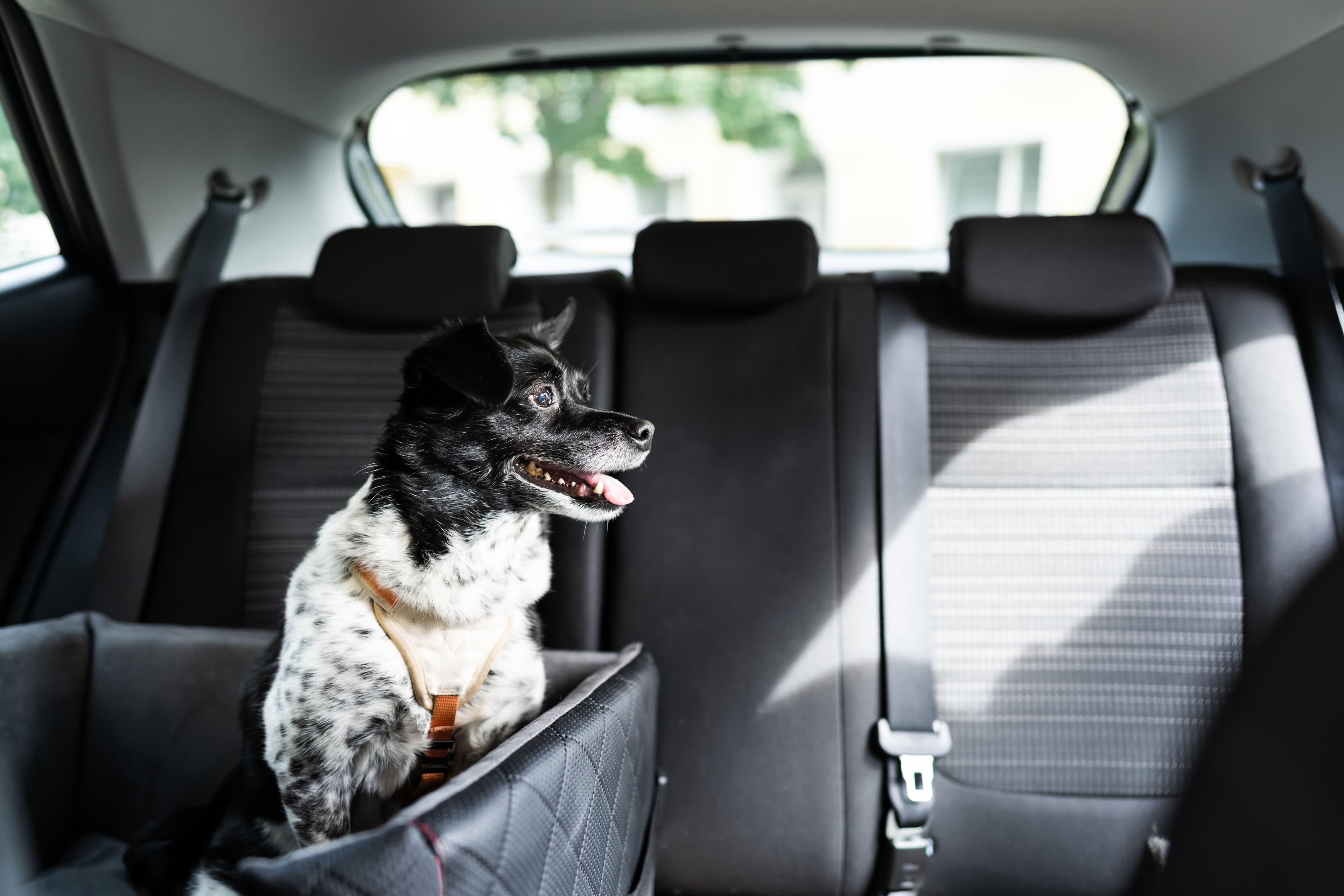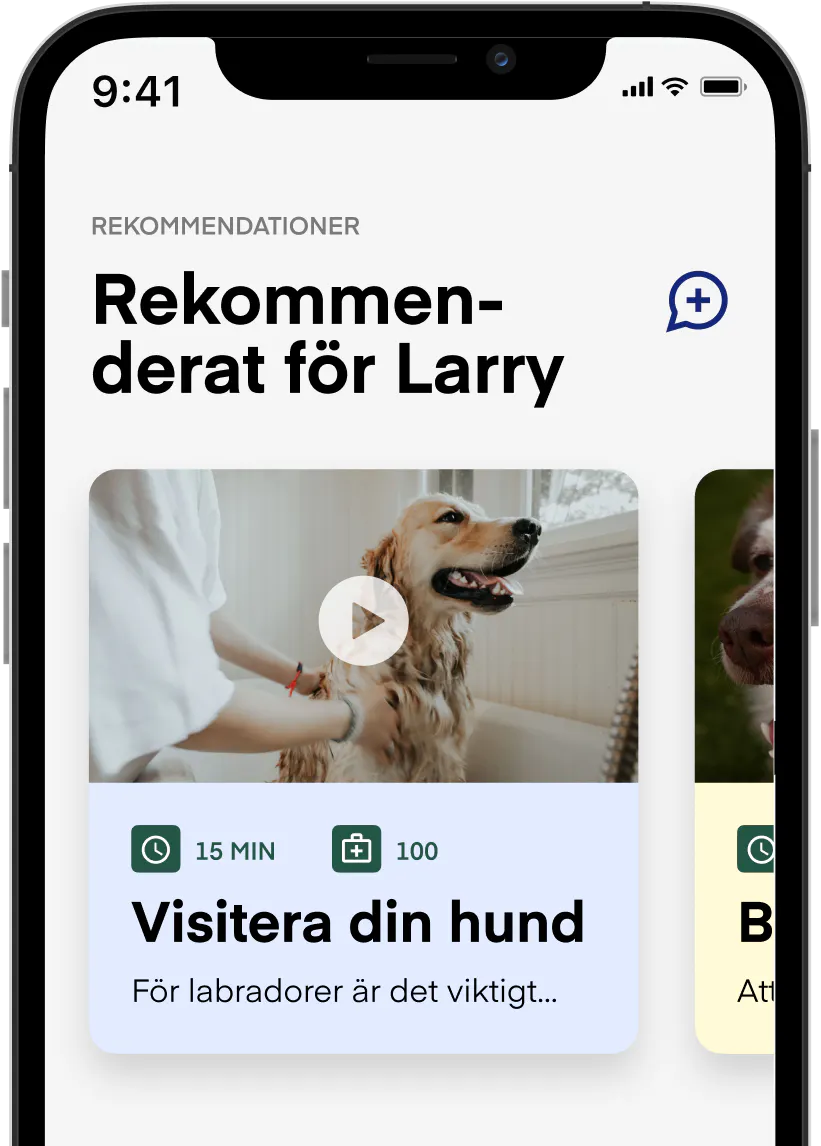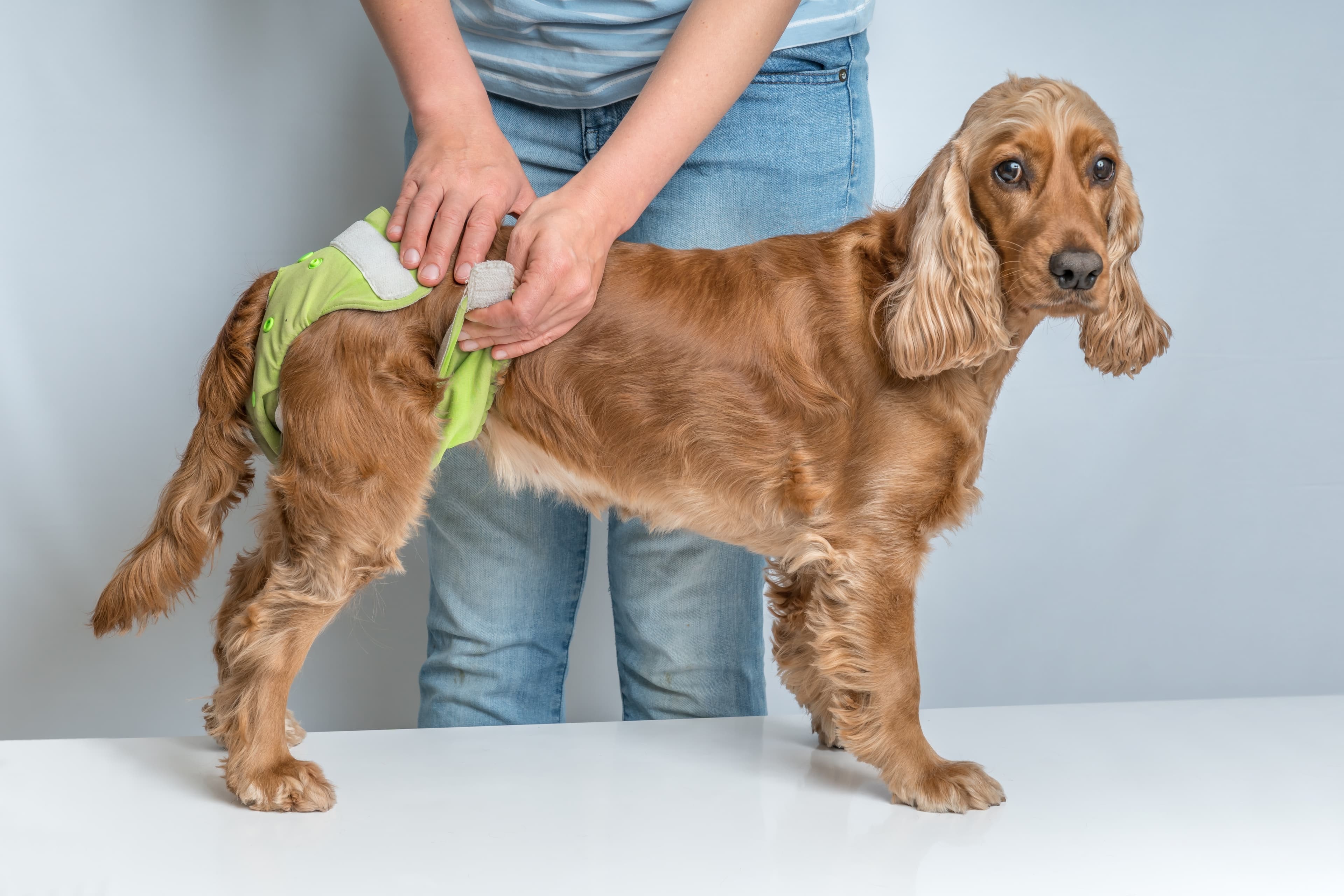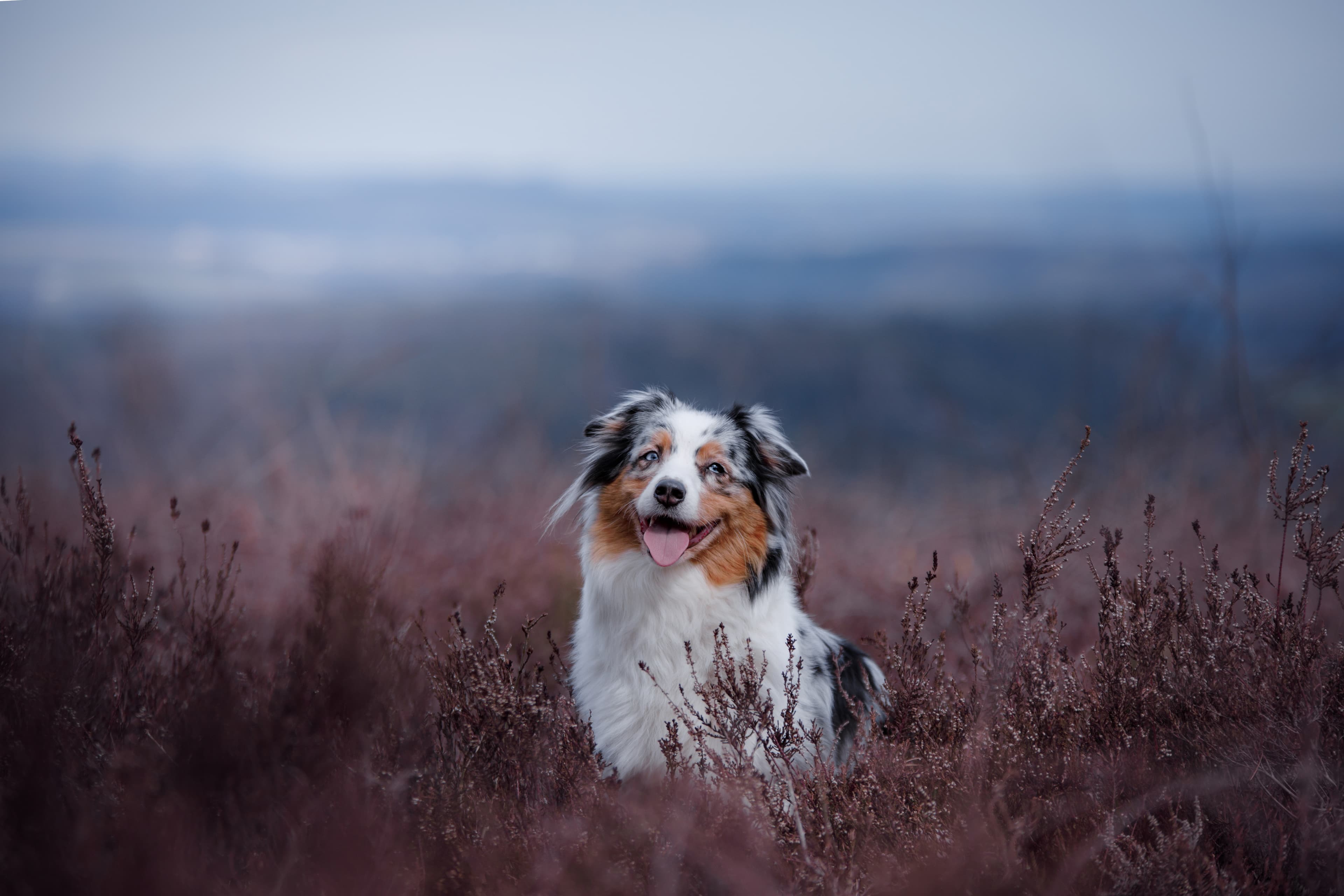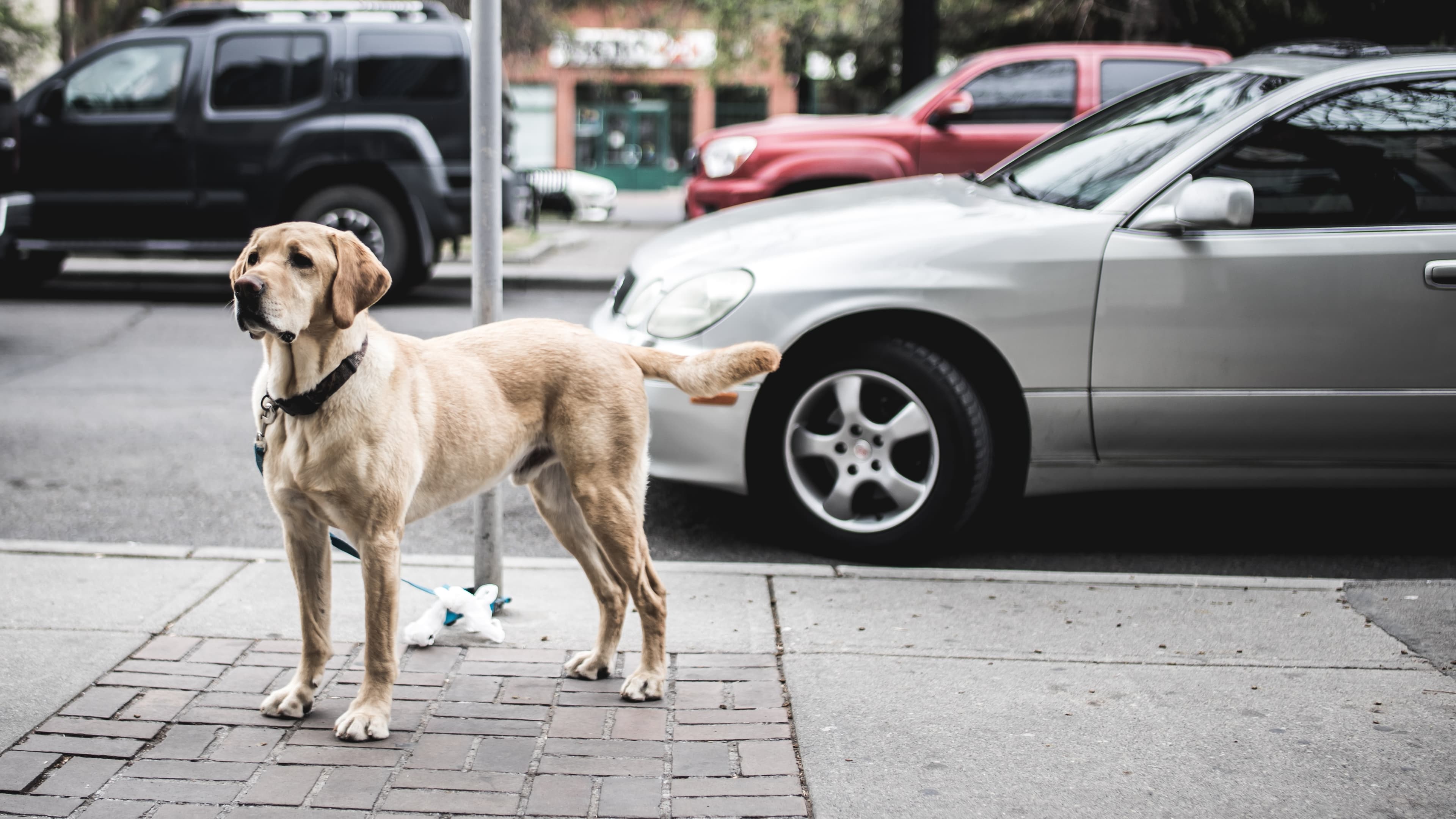How to help your dog with motion sickness in the car
Driving a car is something that some dogs have no problems with, while others experience great discomfort, stress or nausea. If you have a dog that panted, whined, became stressed, vomited or had diarrhoea when driving, it may simply be that they feel unwell when driving. Below we'll go through how you can help your dog with motion sickness.
Dog gets carsick
Dogs get carsick from driving because of movements that affect their sense of balance.
This is most common in puppies and young dogs where the balance organ is not fully developed and can therefore often diminish with age. Like humans, carsick dogs are most affected when it is bumpy/swerving and may become anxious, drool and vomit.
Often motion sickness and car fear are not completely separate and one can lead to the other. For example, a puppy that has been repeatedly carsick may have a lingering fear of driving even if the nausea has subsided. We will focus on motion sickness here but you can also read more about car fear here.
What can I do if my dog is carsick?
It is very common for pet owners to turn to vets to get anti-nausea medication or sedatives for their dog to cope better with driving. It's not necessarily wrong to use medical preparations, but you can also help your dog with motion sickness yourself.
Other measures to reduce nausea/discomfort
Avoid feeding your dog in the last 3-4 hours before driving, as recent eating increases the risk of nausea.
Keep the car at a cool temperature; heat and stagnant air increase the risk of nausea.
To be able to see the surroundings or not: what works best varies between individuals. If the dog seems calmer/less nauseous if allowed to see out, consider a car seat harness instead of a cage in the trunk.
Some dogs react to flickering light that can occur when the sun shines through trees on the side of the road. In this case, it may help to put up shade screens on the car window or try to delay the car journey until dusk.
Make route choices based on the dog: try to observe and get to know your dog's weaknesses. Depending on whether it is winding roads or high speed that stresses the dog, you can make route choices based on this. Drive as smoothly as you can.
